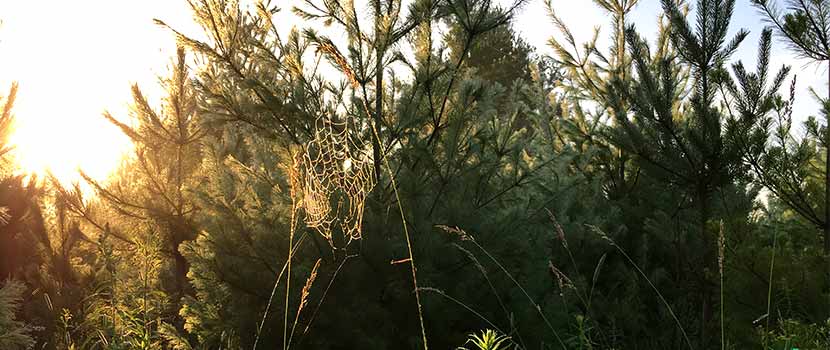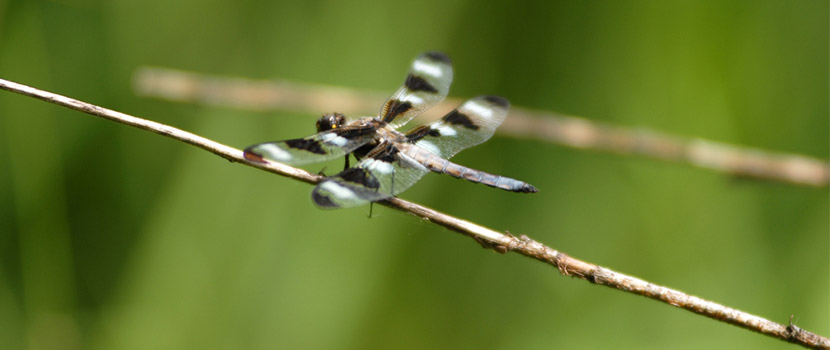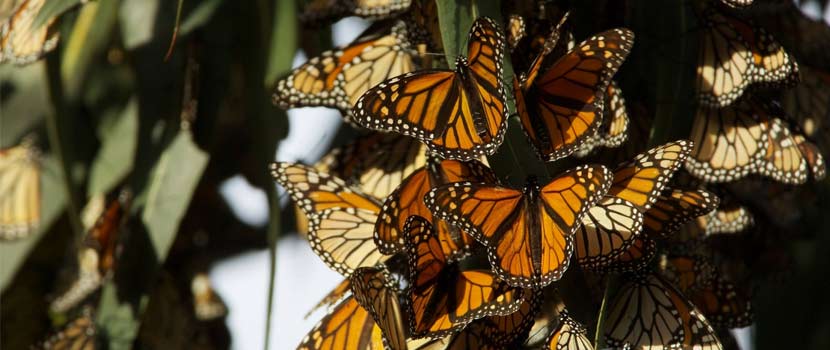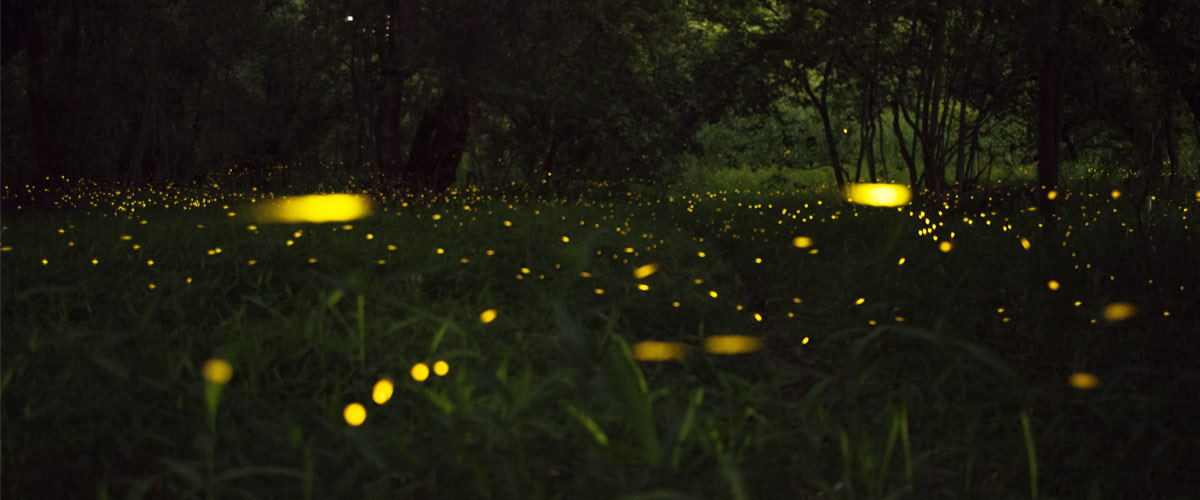
Banner photo by toan phan on Unsplash. Archive image by Terry Priest via flickr under the CC BY-SA license.
When the sun goes down and the shadows thicken, the coming darkness begins to change habitats everywhere. Even a trail you frequent on a regular basis is suddenly transformed as different animals roam about after a long nap during the day. Many creatures depend on the darkness that takes over while we sleep. They depend on it to find food, to be hidden in the shadows for survival, and to find a mate.
One of these creatures that thrive in the night are fireflies – and now through July is your best chance at seeing them in Minnesota.
Many of us remember the magic of being out late at night catching these bugs that light up the darkness. You may recall gazing at their pulsing light through a glass jar or watching them blink inside your hands before letting them fly away.
Fireflies evoke a sense of wonder and delight. Finding yourself surrounded by their flashing lights makes you feel like time stands still and that all is right in the world.
Where I grew up, fireflies didn’t exist; we had glowworms instead, a slightly different species that rely on steady bioluminescent light to find a mate. When I first experienced the flashing of fireflies, I felt like I was in a different world.
This began my deep interest in these little creatures, and I came across research that astounded me!
Are Fireflies Actually Flies?
Fireflies are actually beetles, not flies. The parts of their bodies that make them a beetle are:
- their flattened shield-like head
- double wings
- hard, protective wing shell
- soft sheath-like wing (that allows them to fly)
In daylight, fireflies actually look like flying shrimp!
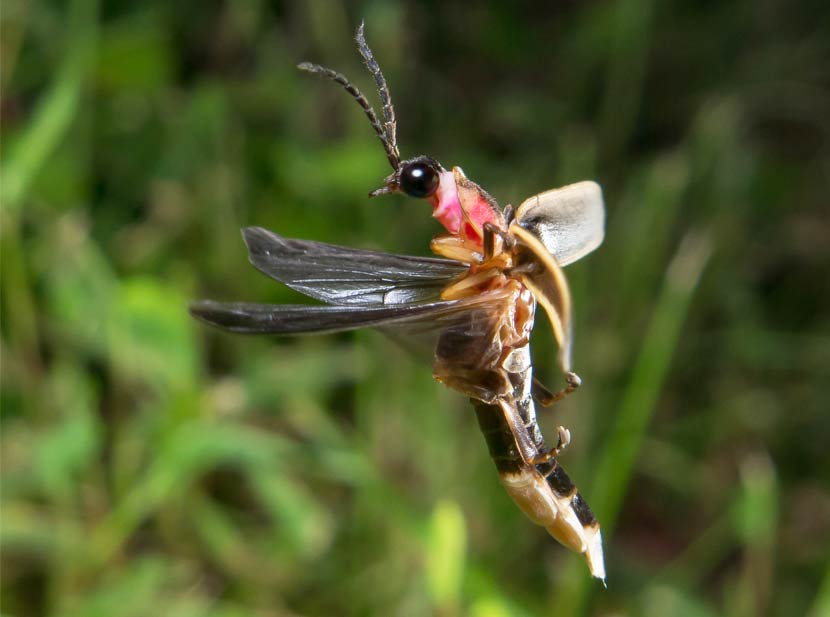
What Makes Fireflies Light Up?
Do they have a light switch that turns their lantern on and off? It’s a little more complicated than that.
The firefly glow that is happening in their lantern is a lot like baking a cake: You need ingredients to produce a final product. The same goes for firefly flashes. Different chemical reactions are needed to produce a flash.
Take an enzyme called Luciferase, combine it with a substrate called Luciferin; mix it with magnesium ions and ATP (energy), add a little oxygen, and all that combined makes the firefly glow.
The amazing thing about fireflies is that each species has its own pattern of flashes – like their own fancy Morse code – that allows them to communicate their desire for a mate.
Fireflies are also temperature-dependent, preferring temperatures between 66-75 degrees Fahrenheit. Warmer temperatures give them the energy they need to make faster, longer and brighter flashes. It’s an all-out competition to be the best.
Blink Twice if It’s Love
Fireflies blink their lights to find a mate. Male fireflies do the hard work by flying around blinking their lights, hoping that a female will notice them and be impressed.
The female perches in the grass silent and dark, waiting to be astounded. When she is, she responds, prompting the male to fly down to her to mate. She lays eggs before beginning the firefly life cycle all over again.
Not All Fireflies Use Light To Attract A Mate
I was out in my backyard a few summers ago, and I was astounded to find a firefly climbing around on top of my grill. How was it that this firefly was up and about during the day?
Digging a little deeper I found out that Minnesota has six different species of fireflies: three that rely on flashing to attract a mate, and three that don’t.
So how do these three other species stand a chance? Pheromones, or a fancy perfume that males give off, help them attract females. These three species don’t depend on the darkness and can easily live their mating life during the day.
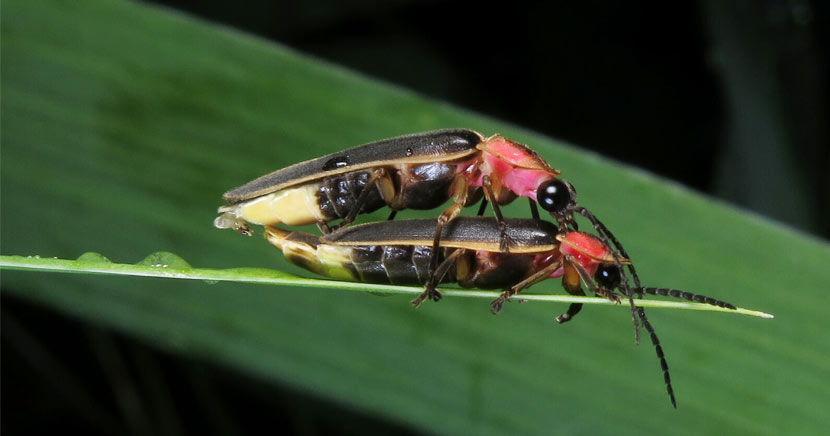
Firefly Populations Are Declining. Why?
Probably the most common question that comes up when I talk about fireflies is, where are all the fireflies today? Many tell me that they don’t see as many as they used to. Are they on a decline? The unfortunate answer is yes. Firefly populations have greatly declined in the last 50 years.
It comes down to a few different reasons.
- Habitat Loss. Fireflies are dependent on the local habitat they are born in. If their habitat is destroyed, they are not good at moving and repopulating a new area. If their habitat disappears, so do they.
- Light pollution. The lights on our shopping malls, homes, street lights and car headlights disrupt fireflies’ flashing patterns, causing them to be confused. This slows down their mating processes, resulting in fewer laid eggs.
- Pesticides. Fireflies thrive in the tall grasses, which are often sprayed for pests.
- Commercial harvesting. Half a century ago, U.S. companies paid people to catch fireflies and mail them in to be studied for medical research. It was estimated that millions of fireflies were collected and harvested. This is still happening in some other countries today.
How Can You Help?
For the fireflies, it all begins in our own backyards:
- Reduce the amount of lights that are on or around your homes.
- Decrease the amount of pesticides we use on our lawns.
- Create natural habitats that attract fireflies.
- Record your firefly sightings through Firefly Watch.
With time and diligence, hopefully we will begin to see hundreds more fireflies flood our nights with their magical glow.
Want to learn more about fireflies? Check out the Firefly Festival and Firefly Prairie Hike for Adults at Eastman Nature Center on June 22.
About the Author

Miranda grew up at a Christian camp in the French Alps. In 2007 she moved to the United States and graduated from college with a degree in Environmental and Outdoor Education from the University of Minnesota Duluth. Since then, she has worked as a naturalist at various state parks and now the Three Rivers Park District. She loves being outdoors, going for walks, biking, and camping with her husband and baby boy.
Related Blog Posts
The Myths and Facts of Spiders
By: Monica Rauchwarter
Spiders are one of the most feared animals around, but they are important parts of their ecosystems. Learn all about these special creatures and find out the facts behind some of those myths that make them so scary.
Fun Facts About Dragonflies
By: Angela Grill
Dragonflies are one of the most ancient insects and were one of the first species of winged insects to evolve. Learn more about their dual lives in the water and on land and the best places to find them in the parks.
Pollinators: The Great Monarch Migration
By: Elaine Tucker
Have you ever wondered what a monarch tag is or why we tag monarch butterflies? Read on to discover more about these beautiful insects and their incredible 2,000-mile migration.
